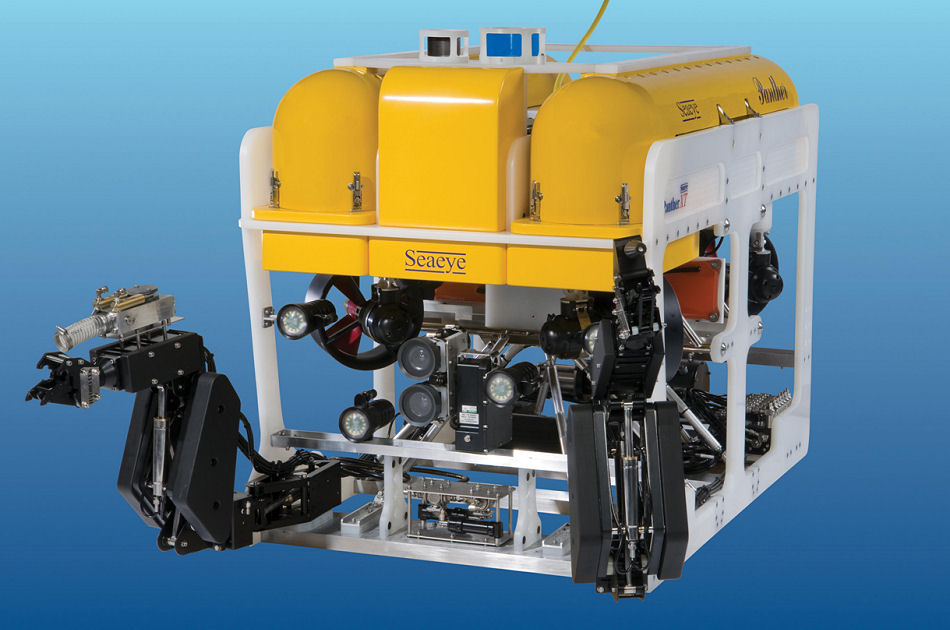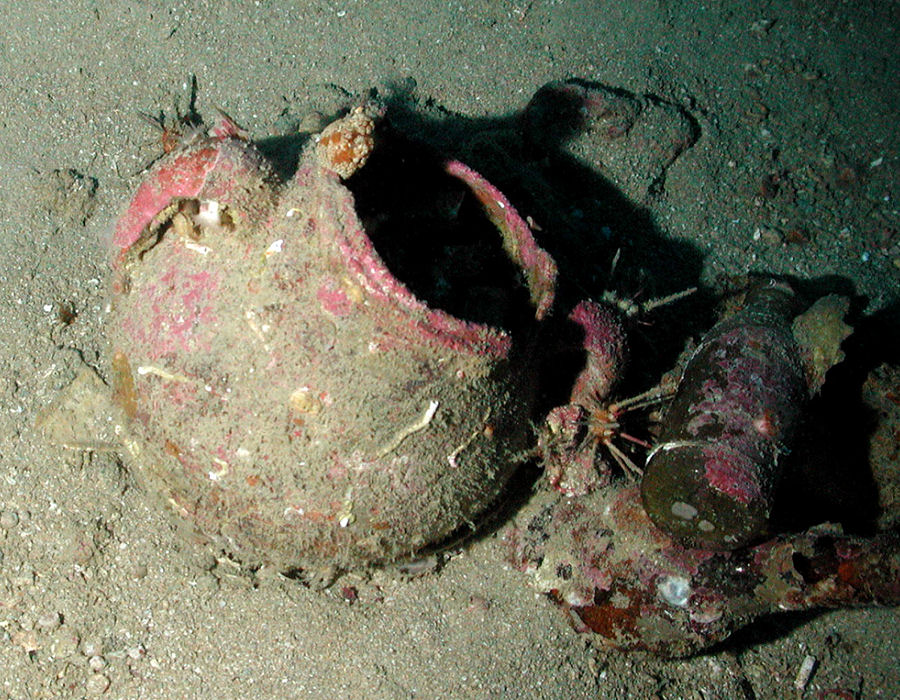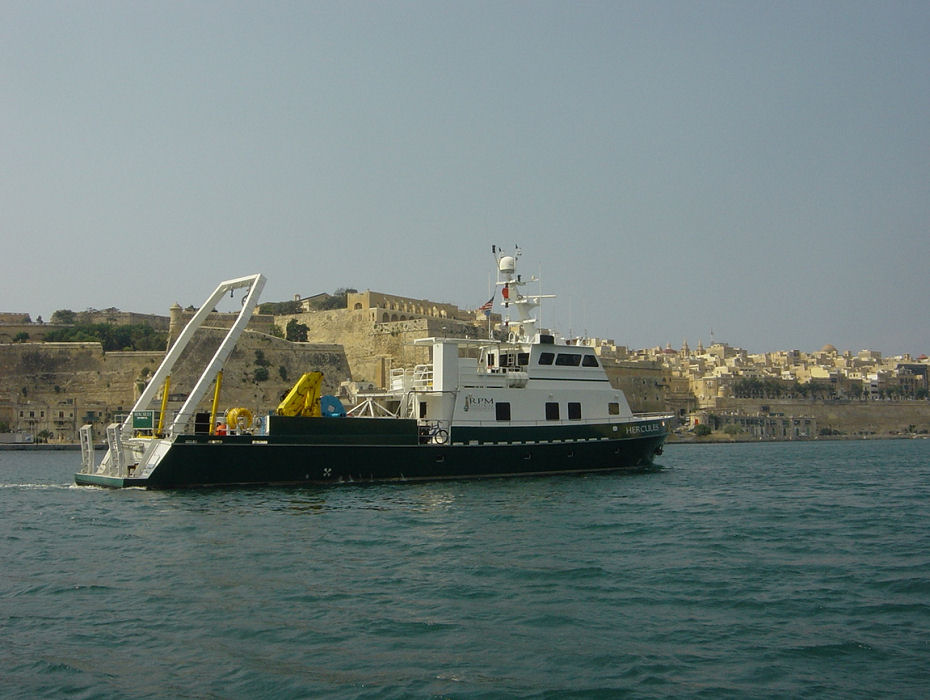First to take delivery of this new generation of smart and powerful underwater vehicles is the RPM Nautical Foundation, a non-profit organisation dedicated to using state-of-the-art technology in the advancement of research into nautical archaeology. Their new Seaeye Panther-XT is packed with leading-edge technology.
It will give them finger-tip manoeuvrability in strong cross currents for the delicate recovery of artefacts, and holding steady whilst filming. A special low-pressure water jet is also fitted to gently uncover valuable items without damage.
Innovative thruster design lies at the heart of this new class of underwater vehicle. Saab Seaeye engineers have maintained the same thrust horizontally and doubled it vertically whilst cutting the number of thrusters on board from ten to six. This frees valuable space within the vehicle for even more tooling and sensor packages, all of which can be readily added and changed as needed. This flexibility has enabled equipment from the Foundation's previous ROV to be retro-fitted to their new Panther-XT.

‘Delicate nautical archaeological recovery and filming is now possible with leading edge technology in-built into the Seaeye Panther-XT.’

‘Typical of the items to be recovered is this pot, believed Roman that was used aboard a vessel shipwrecked off Sicily.’
For the Foundation, the Panther-XT’s greater power also means that more powerful tooling can be used and heavier items lifted from the seafloor. It also offers faster ascent and descent within the ROV’s 1500 metres working depth.
A tether management system (TMS), used for the launch and recover of the ROV, is part of the new system. Fitted with lights and cameras, the TMS can operate as an additional survey platform and observe the ROV whilst at work.
The Seaeye Panther-XT brings a valuable new resource to the RPM Nautical Foundation. Based in Florida and Malta, the Foundation offers underwater technology and research vessels to Governments for archaeological studies around their shores, and to marine archaeological organisations to aid in their own research. In addition, the Foundation is a valuable education and training facility for students of marine studies.

‘The R/V Hercules shown here off Valletta, Malta is a self-sufficient base for research operations including deployment of ROVs, manned submersibles, sonar systems and diving operations. It has a dynamic positioning system and onboard data processing centre.’